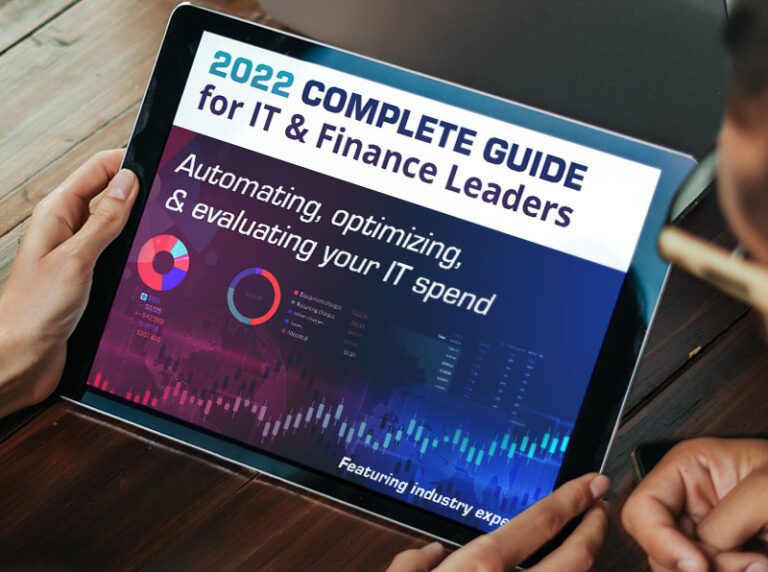The Growth of Telecom Expense Management into Technology Expense Management
Among all the different departments within a company, none has changed more over the years than IT. The last few decades have witnessed computers become mainstays of business, the rise of global interconnectivity with the advent of the world wide web, and a workforce dependent on mobile devices. With these changes, a much greater portion of company spending has shifted over to the management of telecom and technology needs.
A few generations ago, telecom expenses were fairly simple to track. A company could be confident they were making good choices armed only with a good spreadsheet and a calculator. With the introduction of new services, multiple tiers of charges, monthly fees, and pay-per-use services, tracking became more difficult. Large companies turned to telecom expense management services to ensure all these different services were managed and optimized to make each dollar go further.
Telecom expense management continues to handle all the wired line management needs of a company, while a new service, technology expense management, starts making its presence known. Technology Expense Management services are built as a comprehensive tool to manage all of a company’s IT assets, including telecom, but extending to cloud services, mobile device management, and a company’s increased usage of XaaS.
How does Telecom Expense Management Differ from Technology Expense Management?
The term “telecom expense management” is now limited to fixed-line phone and data network services. Its goal is to consolidate, manage, and optimize those networks based on usage all while working toward reducing cost and risk.
Most platforms have shifted to the more apt “technology expense management” service, as it incorporates management of tools and technologies beyond that of fixed-line phones that modern businesses must use to keep up with the competition. It’s more accurate to consider technology expense management as the next generation of telecom expense management. With technology expense management the goal is to improve control and visibility across all IT services, minimize inefficiency, and generate savings.
The Emergence of Outsourced Technology and Telecom Management Systems
With each year there are new assets, services, and providers that join forces with a company. Each one of these comes with a different management need and their unique stream of data. When this stream grows into a rushing river, it’s impossible to reconcile it without an all-inclusive system. Telecom and technology management systems are a better way to handle larger numbers of providers and data that have become too much for in-house systems to handle manually.
Even in the best of situations, legacy systems struggle to work together. There is often the need to manually compare separate elements from different systems, which means data needs to be ported from one system to another and ends up being part of yet another spreadsheet. This poor data visualization leads to costs spiraling out of control. Unresolved issues often don’t appear until long after the fact.
Goals of Both Telecom and Technology Expense Management Systems
When looking at either telecom expense management or technology expense management, the goals are essentially identical. The first of these goals is to reduce a company’s overall IT expenditure. When large companies can spend millions in IT costs annually, each process that can be automated or streamline can create huge savings. Both telecom and technology expense management are well equipped to optimize in the following ways:
- Invoice audits and management
- Expense management
- IT Asset Management best practices
- Ensuring contracted rates are correct
- Creating up-to-date data visualizations to pinpoint areas that can be optimized
- Reduction of manual data analysis by introducing automated processes
The next essential goal of both telecom and technology expense management is to tackle massive streams of data in real-time. When all the essential IT processes are gathered together under a single system, it allows the user to create a dashboard of their most critical data. This makes tracking of trends and more accurate forecasting of future needs far easier, which in turn gives C-level management a better picture of the company’s IT usage so they can make strategic decisions.
Another important goal for both telecom and technology expense management is handling asset management which streamlines maintaining an inventory of physical technological assets as well as intangible things such as software licenses. An efficient system will track technology from procurement clear through retirement and ensure each asset is optimized to the plan it needs and monitor usage data.
Lastly, a technology expense management service will monitor for updates and the availability of better, faster, or stronger technology to help companies running on the most optimal systems appropriate for their needs. With well-organized and easily accessible data, determining the cost to benefit ratio of upgrading to newer technology is easier.
When Should you Consider a Technology Expense Management Service?
While there are several strong arguments toward maintaining data and managing contracts with service providers in-house, there are also just as many for choosing expert TEM solutions to handle these needs. If your company has grown and merged with other companies several times in the course of the last ten years and you are still fighting with legacy systems, shifting all those systems over to a comprehensive service will unify your efforts to manage all that data. Also, if you feel like your IT expenses have grown out of control, then a technology expense management system can track down where you are losing money. Lastly, if you don’t feel you have the right tools and data to make confident decisions about future technology integrations, then a technology expense management system can give you those tools.






